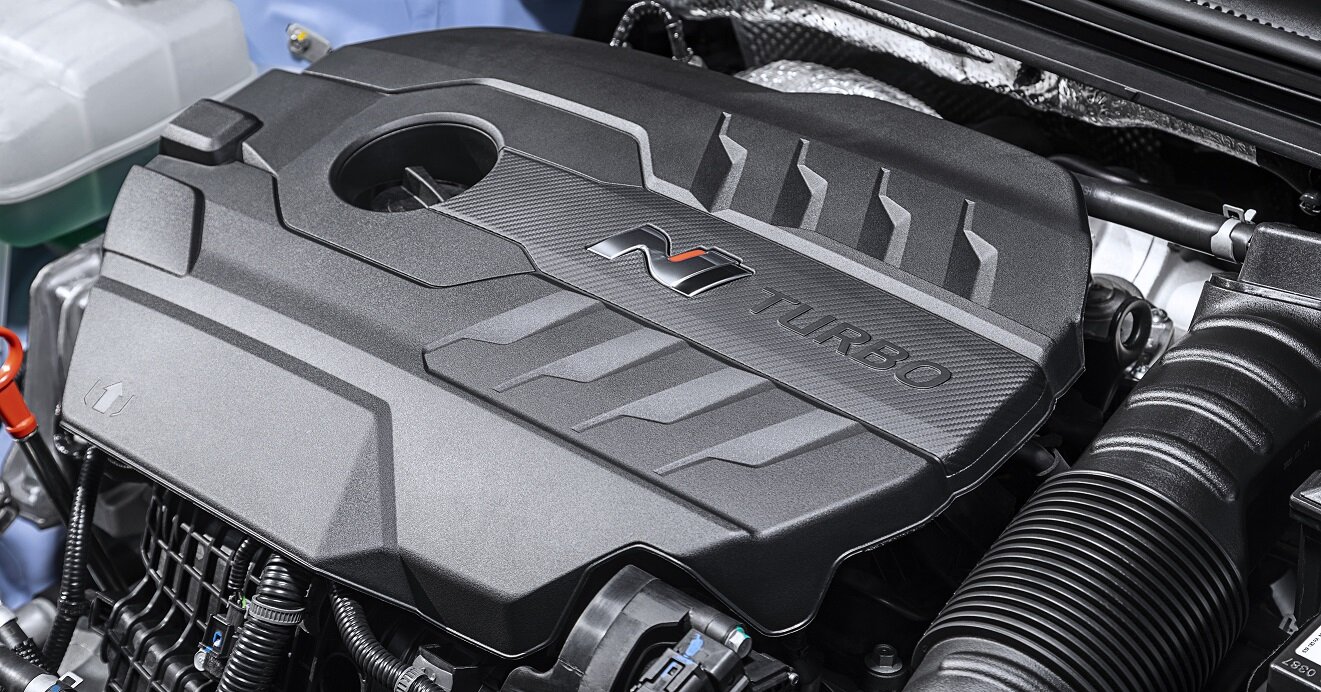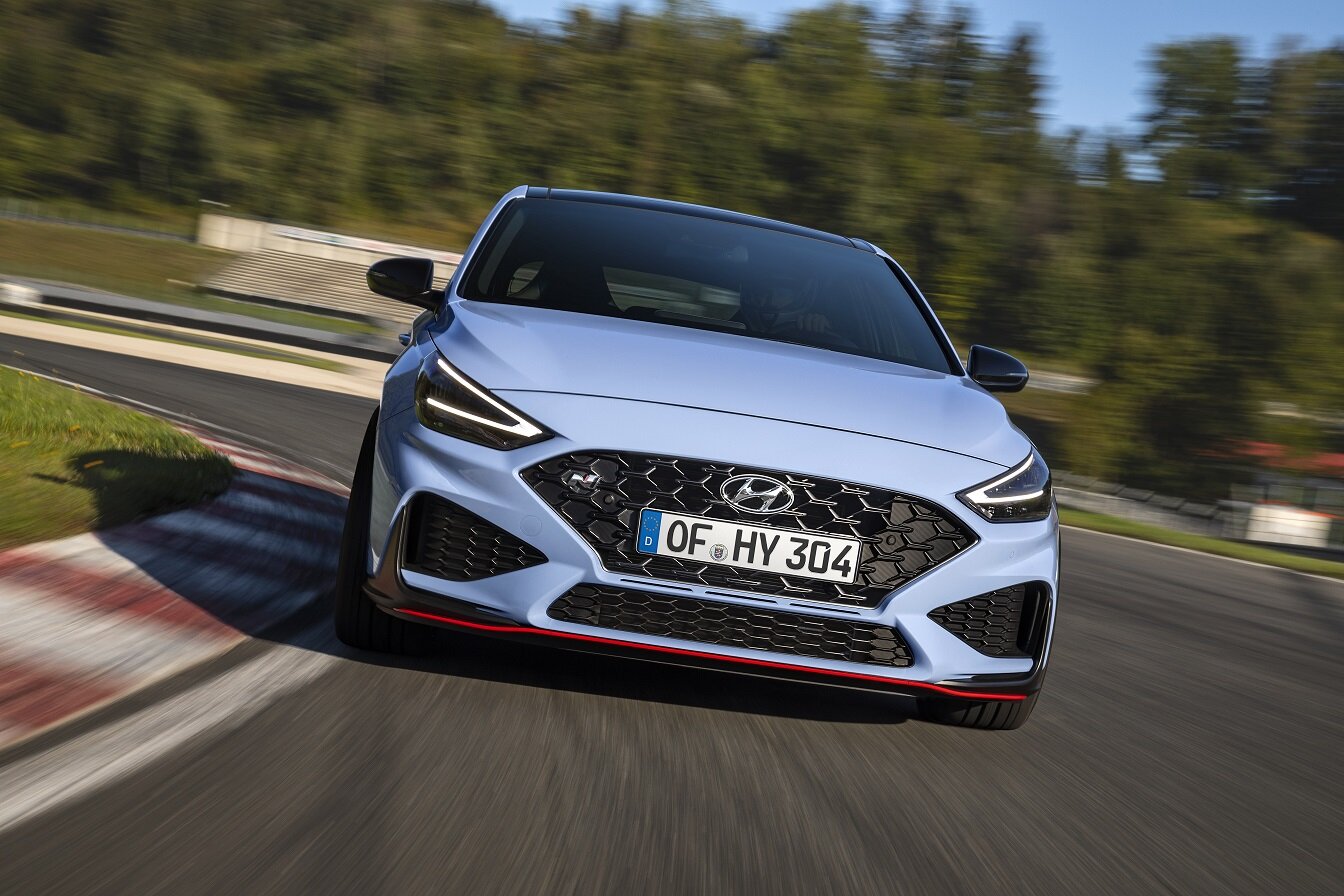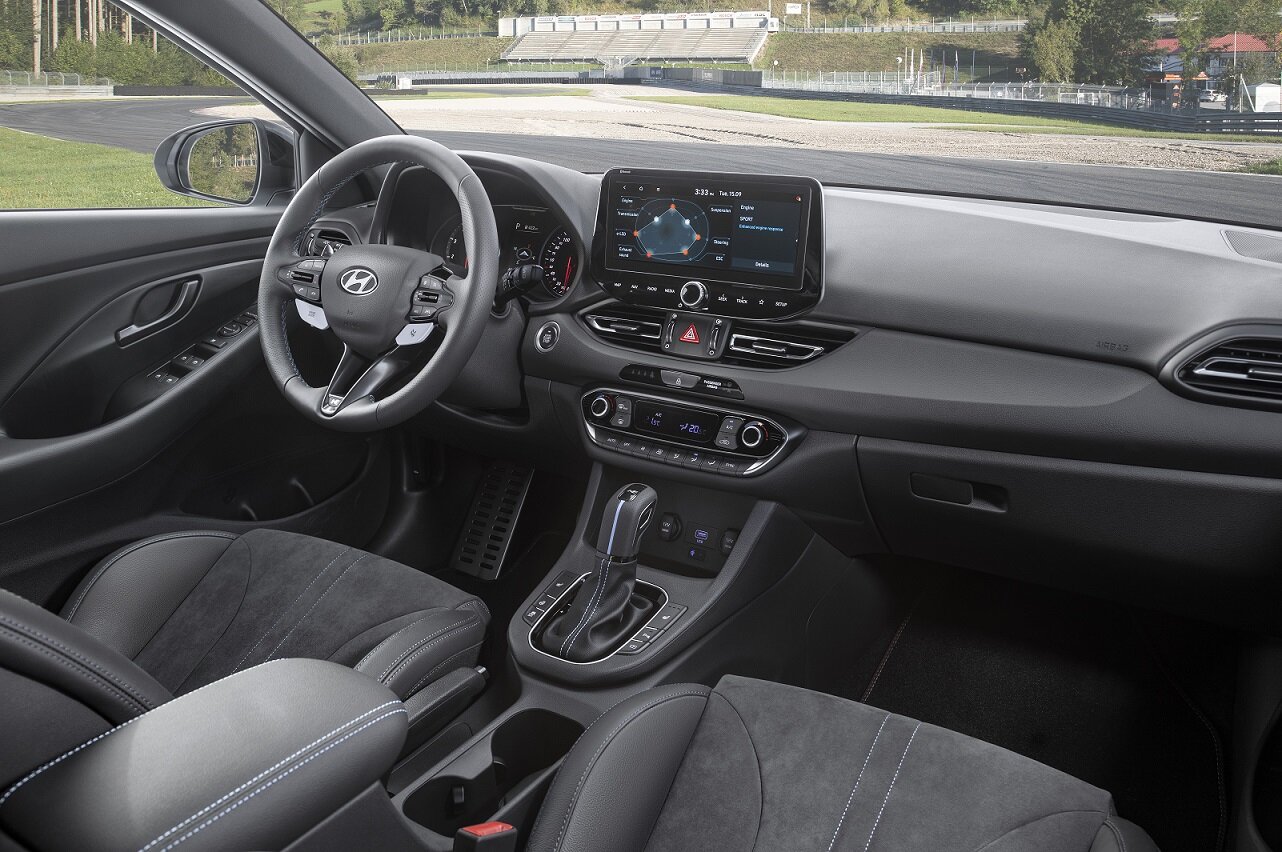Finally here: Hyundai announces i30 dual-clutch transmission
Driving enthusiasts rejoice as Hyundai finally releases the dual-clutch performance version of the i30, meaning the wife can no longer deny such a purchase…
Download the PODCAST for this report
Hyundai now - industriously taking geologic time to launch the 8-speed dual clutch version of a car for which I have enduring mad love: The Golf GTI-killing i30 N. Total weapon. The Fastback - so sexy.
I30 N is seriously popular on this channel - 550,000 views across five videos, and counting. It’s one of the most popular performance car buying enquiries I get as well. And I can tell you the most popular impediment to buying one is - manual only.
Typically the prospective owner has a partner, and said partner either can’t or won’t drive a manual - so, game over. The dual-clutch is the solution - due for local launch (finally) in the first half of 2021 here in Australia.
For the first time, the new i30 N will be available with N DCT, a wet-type eight-speed dual clutch transmission, which offers paddle shifters and enables three new N performance functions for a sportier experience
Every time a carmaker launches a DCT they have to clarify it’s a ‘wet-clutch’ type - thanks to the Sterling job Ford did on the original dry-clutch PowerShit DCT. Ford - doing for DCT what Volkswagen did for the reputation of diesel.
Pro tip: Have fun test driving this car, obviously, when you can. (Safely.) But don’t just test-drive it like you stole it. The DCT is gunna be awesome at that - it’s a done deal. DCTs are all excellent when you’re up them for the rent.
Do as much test-driving as possible at low speeds - three-point turns, reverse-parking off a hill-start. Stuff like that.
This is typically what DCTs are bad at. But if the new 8sp DCT in Sorento is anything to go by (and I don’t know how closely they are related, but probably quite a bit) you just might be pleasantly surprised.
They’re also talking up the new lightweight seats - but I’d suggest that’s bullshit. They’re only 2.2 kilos lighter, and it’s a reduction in the sprung mass. So there’s that...
The forged 19-inch alloys are probably more relevant - 14 kilos less in total, and all off the unsprung mass. Bigger brakes too - excellent! Not that it really needed that - they were already fairly death-proof. I did try to kill them, and I failed.
Unfortunately Hyundai’s over-enthusiastic spin-doctors have been allowed out of the dungeon on this car. First it was ‘after blow technology’ for air conditioning. Then we had ‘centre fascia descending to the console like a waterfall’ on the upcoming Tucson. Like a friggin’ waterfall. Please.
Now there’s an - cover your ears, kids - an ‘N Grin Control System’. They mean customisable drive mode selection. Plus, nauseatingly, a ‘N Grin Shift’ system - meaning, overboost. And an ‘N Corner Carving Differential’. They mean an e-diff, or servo-controlled limited-slip front diff. Once is a mistake, right? This flowery shit is a pattern of abusive conduct.
Did Albert Biermann sign off on these words? Because he seems like a somewhat serious chap, and this is all more than a little bit ‘Hasbro’, frankly. This car is not a child’s toy. Why not let Optimus friggin’ Prime do his thing, and the N-division do its thing - just saying?
Dudes: Let the product speak for itself. Come on. It’s a already technical knockout; you’re making it sound like a toy.



















The MG ZS is a small SUV that offers such strong value to most buyers that it should be on your shortlist be default, even when shopping for a used car. But given that no car is perfect, the price could easily distract from its drawbacks.